
Google’s latest version of is known as Nougat, encompassing both version 7.0 and 7.1. It’s still only available on a tiny fraction of Android devices around the world, but adoption is picking up quicker than Marshmallow did last year. So, what can you expect when Nougat is in your hands? Here are 8 things you can do on Nougat that might not be immediately apparent.
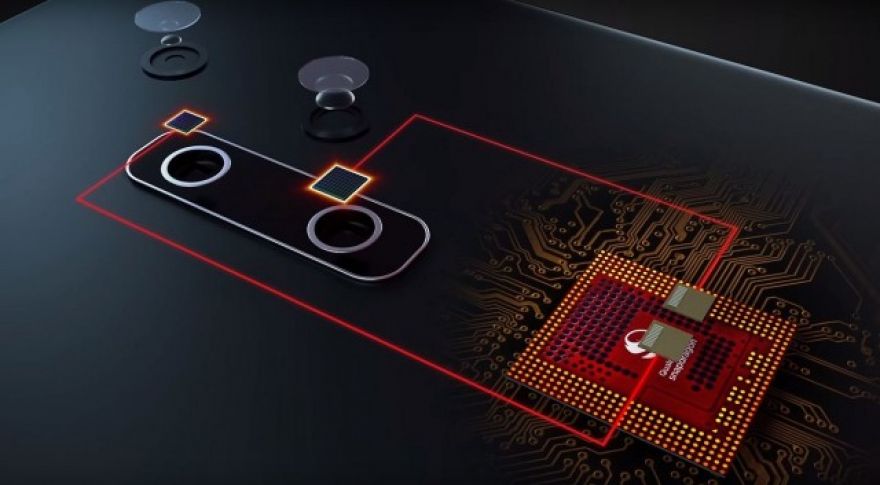
Qualcomm acknowledges that “processor” is an accepted and broadly used generic term for a wide range of products, including ASICs, CPUs, DSPs, GPUs, MICs, and probably at least a few others. It also admits that we already have a term to describe microprocessors that integrate a wide range of functionality, including Wi-Fi, I/O, cellular radios, cache, and memory controllers. We call that an SoC (System on Chip). Nevertheless, Qualcomm no longer feels that term is big enough, either. Its argument is : The Qualcomm Snapdragon Mobile Platform takes our offerings beyond a single chip. While the single processor form factor is truly a system-on-a-chip (SoC), housing custom technology like an integrated modem, CPU, GPU, and DSP, there is a lot more going on outside of the chip that is designed to ultimately support a wide variety of devices.
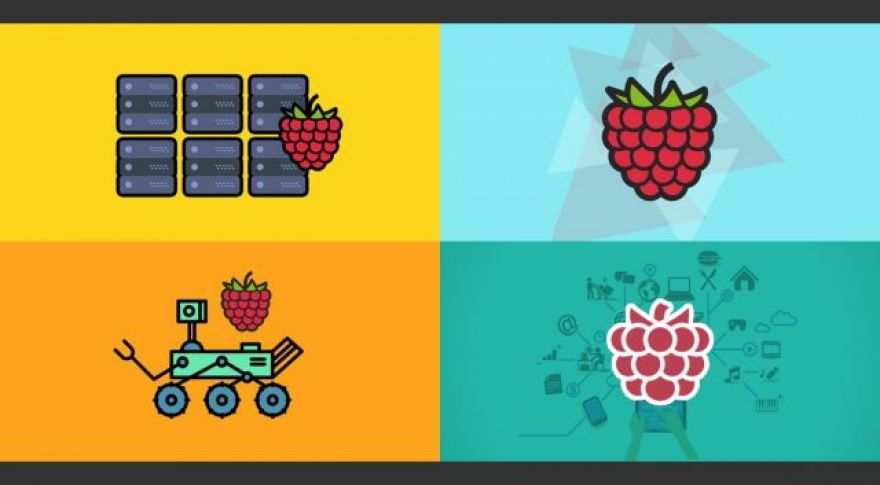
The Raspberry Pi 3 is an awesome little machine, but if you’ve never done any programming or assembled custom electronics before, it can be a bit overwhelming. Thankfully, the folks at StackSocial have an excellent bundle on offer today that can teach you everything you need to know to hit the ground running. • for $19 (List price: $214) Whether you want to use the Pi as the brains of a robot, as a media streaming box, or for large-scale parallel computing for a research project, there’s something in this bundle to help.
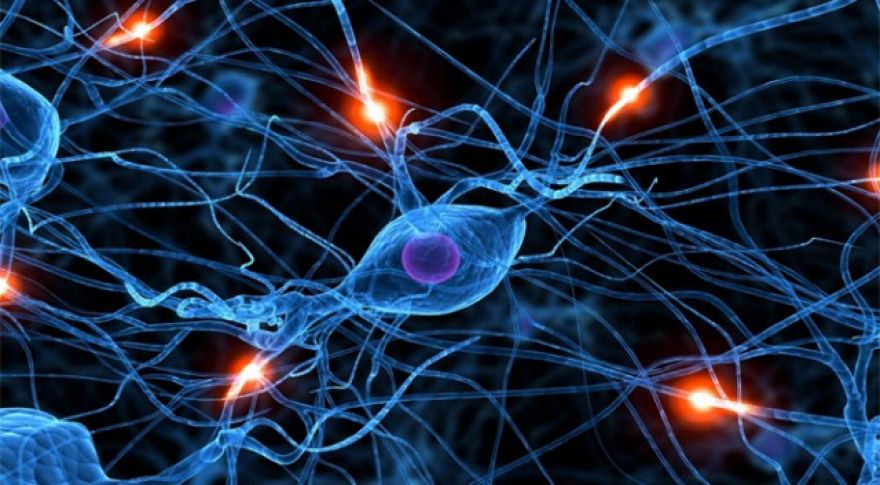
The cerebellum, that weird wrinkly bit of brainstuff at the back of the skull, is sort of the ugly stepsister of the brain. While the cerebrum gets the glory, because it’s the bit we think with, the homely cerebellum toils away unappreciated for its role in motor coordination. But all that is about to change. Scientists from Stanford have stumbled onto a new and different role for the cerebellum — and they found it while they were looking for something else entirely. “Given what a large fraction of neurons reside in the cerebellum, there’s been relatively little progress made in integrating the cerebellum into the bigger picture of how the brain is solving tasks, and a large part of that disconnect has been this assumption that the cerebellum can only be involved in motor tasks,” said Mark Wagner, who led the research.

SpaceX was supposed to launch its Falcon 9 on a satellite deployment mission earlier this week, but the launch was scrubbed doe to wind. The second attempt in the wee hours of Thursday morning was a success, though. Not long after, reported that EchoStar XXIII had been safely deposited in a geosynchronous transfer orbit. Because of the difficulty in launching this satellite, SpaceX didn’t try to recover the first stage. This might be the last time it has to make that sacrifice. The EchoStar XXIII is a commercial Ku-band broadcast satellite supporting data and video communications. This is the 25th satellite of its type deployed by the company, making it the fourth largest operator of geosynchronous satellites.
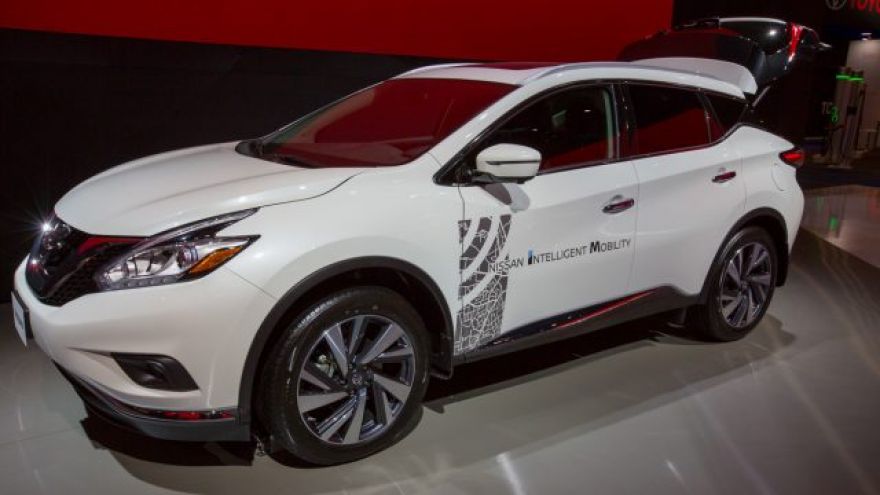
AUSTIN – In 2017, automakers and suppliers continuously tout advances in autonomous vehicle technology. Just this week, for $15 billion, looking to position itself for the next big market. At South by Southwest, much of the discussion on autonomous vehicles (AV) focused on the implications of the rush to get these vehicles on the nation’s and world’s roads in the next several years. While automakers have promised fully autonomous () cars by 2020 to 2022, there are still many questions to be answered. What will be the impacts on drivers and passengers? How will roads accommodate these new vehicles, especially since the old fleet of non-autonomous vehicles will not be retired any time soon? How much will autonomous technology add to vehicle costs? How much intelligence will need to be built into infrastructure (roads, signals, parking, permissible places for unloading passengers) to enable the autonomous future? How will self driving cars impact insurance costs? How will it impact health infrastructure, as auto deaths are almost 40,000 per year in the U.S.
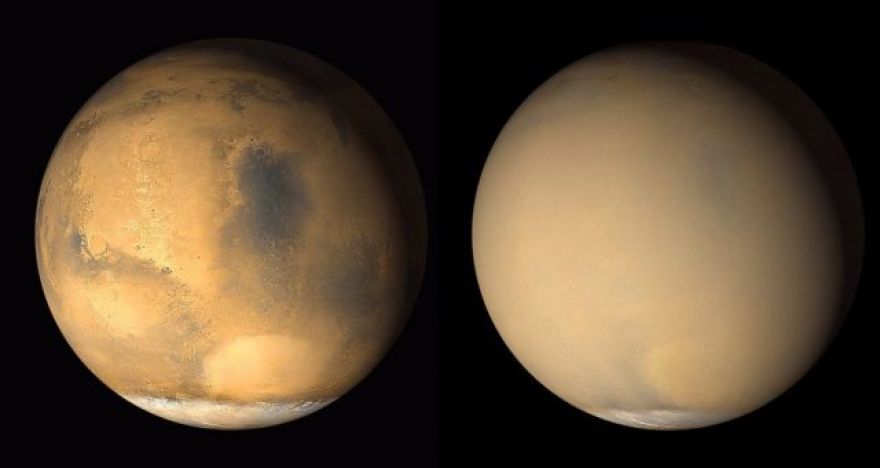
Welcome to This Week In Space, where we’ll be discussing Enceladus’ stretch marks, new developments around NASA’s Orion crew capsule, the end of an era for SpaceX, and some planetary science to boot. Enceladus’ interior continues to fascinate Saturnian scientists mission to Saturn is in its last months, but the probe continues to beam back startling findings that have transformed our understanding of the Saturnian system. We knew that subsurface liquid ocean, which was only , periodically vents into space through four fissures in the planet’s crust nicknamed “tiger stripes.” Geyers erupting from Enceladus Now Cassini’s in-depth investigation has revealed that the first few meters of subsurface material near the stripes is substantially warmer than you might expect.

In a book that’s become the darling of many a — Sapiens: A Brief History of Humankind — the historian Yuval Harari paints a picture of humanity’s inexorable march towards ever greater forms of collectivization. From the tribal clans of pre-history, people gathered to create city-states, then nations, and finally empires. While certain recent political trends, namely Brexit and the nativism of Donald Trump would seem to belie this trend, now another luminary of academia has added his voice to the chorus calling for stronger forms of world government. Far from citing some ancient historical trends though, Stephen Hawking points to as a defining reason for needing stronger forms of globally enforced cooperation.

People expect a certain degree of privacy online, but records of your movement across the internet are stored in various repositories. Police from the Minnesota city of Edina have obtained a wide-ranging court order that grants them access to a lot of it. The warrant — amazingly, approved by a judge in Hennepin county — instructs to make data belonging to anyone in the well-to-do suburb available to police. Police in Edina, a city of 50,000 on the outskirts of Minneapolis, have been looking into a wire fraud case. The suspect was attempting to swipe $28,500 from a branch of Spire Credit Union using a fake passport, and investigators think they know how to narrow their list of suspects.









